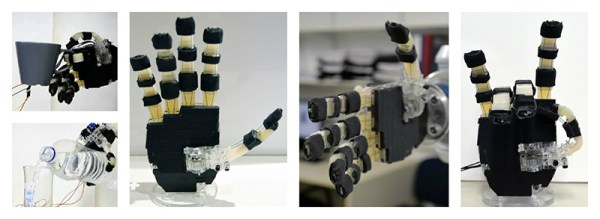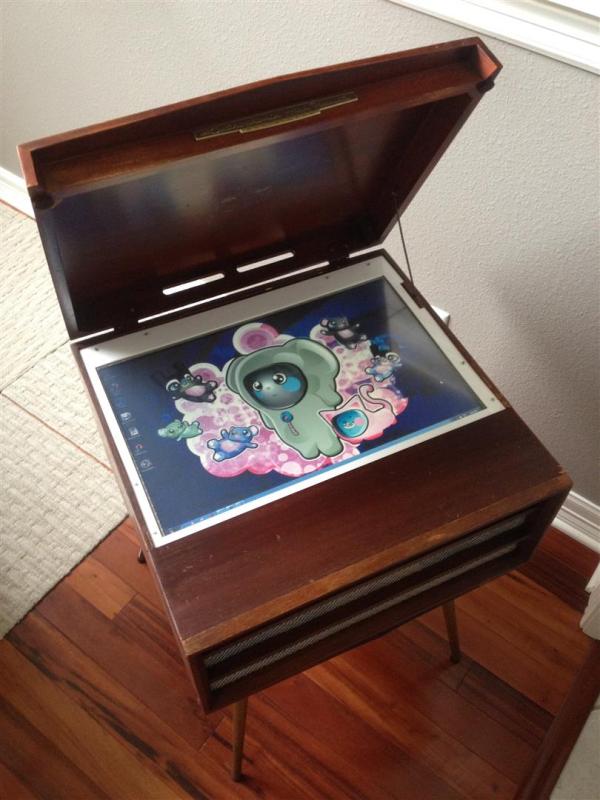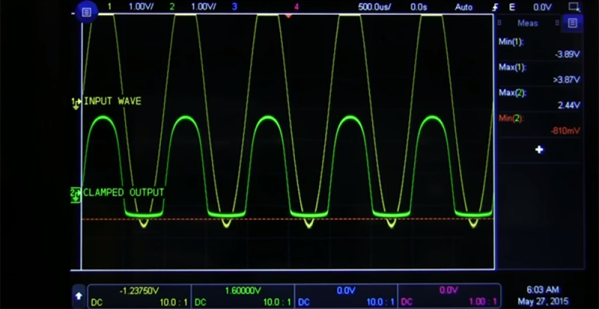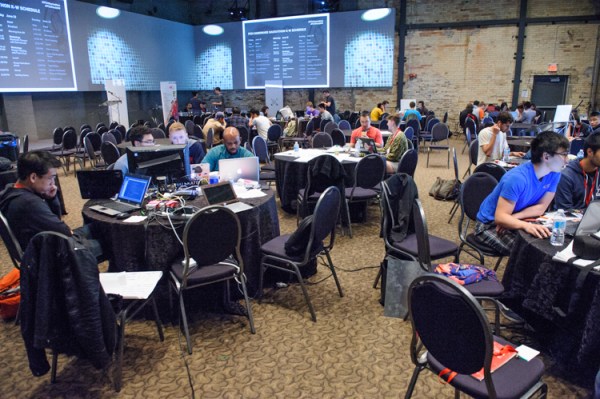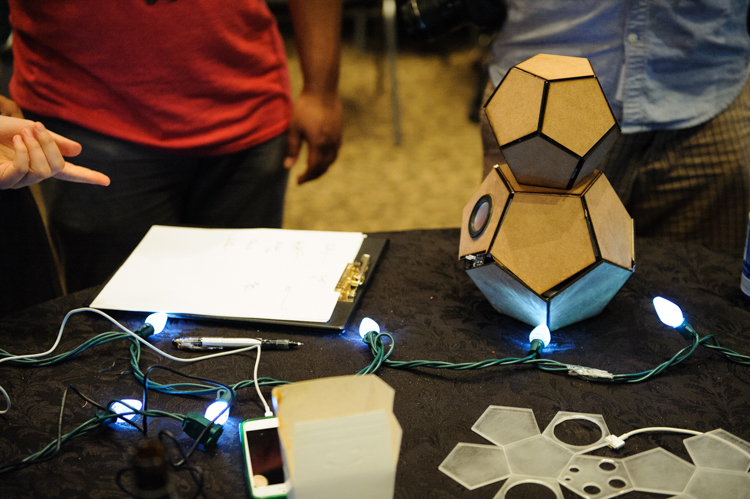For the last few years now, the 3D printing community has been searching for a groundbreaking application for out little boxes of plastic squirting goodness. On of the most interesting applications the community has stumbled upon is prosthetics.
There have been a lot of people warming up their 3D printers and laser cutters to make prosthetic limbs in recent years. For [OpenBionics]’ entry for The Hackaday Prize, they’re building a prosthetic hand that costs less than $200, weighs less than 300 grams, and can be easily fabricated with 3D printers and laser cutters.
The human hand is the most complex end-effector on the planet, and emulating its range of motion is a difficult task. Still, the [OpenBionics] team is working hard to properly emulate a thumb with three degrees of freedom, putting 144 different grasps on the hand, and making their hand useful with soft fingertips.
Even with all this capability, [OpenBionic]’s robotic hand – motors and all – is about the same size as a normal human hand. That’s incredible, especially when you consider the motors for your hand – muscles – are all in your arm.
The team has put together a video demoing the capabilities of their hand. It’s somewhat remarkable, and able to do everything from lift a coffee cup to holding a pen. You can check that video out below.

